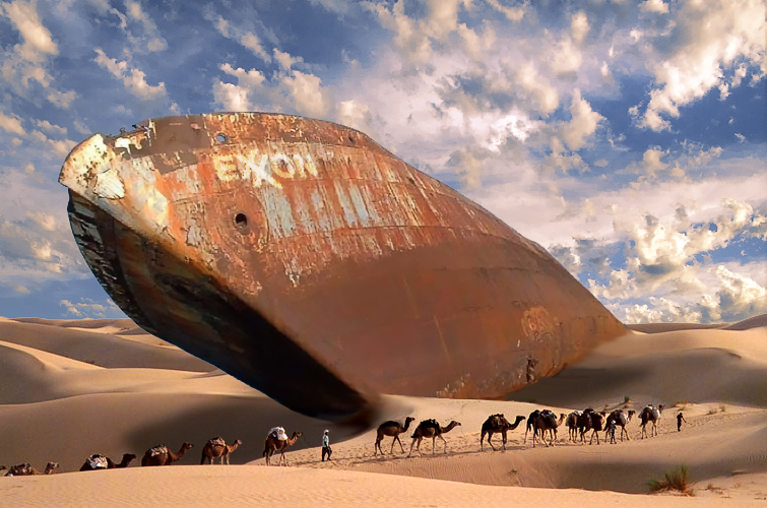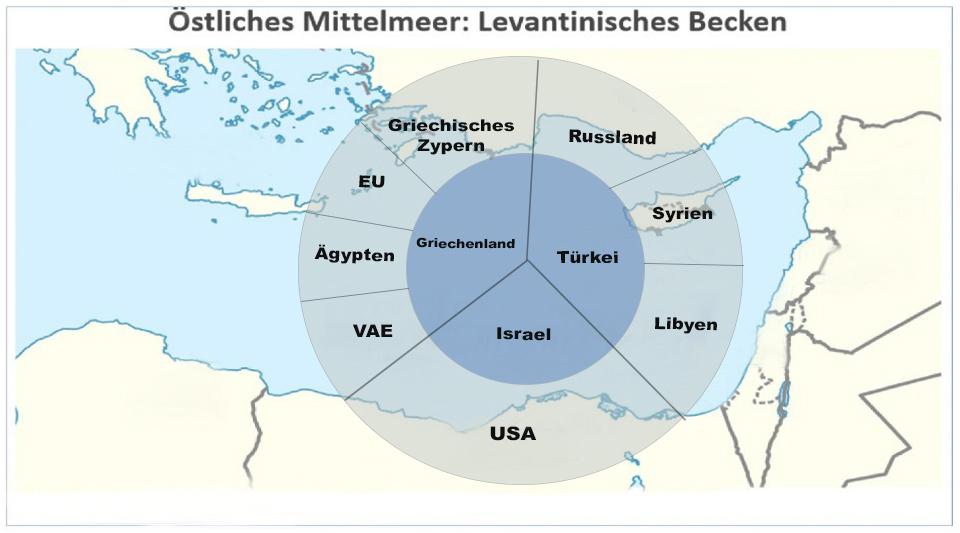This straightforward explanation proposes that the main force driving societal change is available energy—an assertion that’s backed by a substantial amount of scientific research. Those with the patience and curiosity to investigate further can find other contributing factors to societal evolution—technology, investment, laws regarding property rights, histories of injustice, and more, many of which entail complex systemic interactions that take time to tease apart and comprehend mentally. These are important. But not as important as energy.
Energy is necessary in order for any organism to do anything whatsoever. For humans, food is energy that powers labor. But, in addition, people long ago learned how to harness energy from fire, water, and wind. Using firewood, paddlewheels, and sails, we built agrarian societies with irrigation systems, cities, cathedrals, mills, and seagoing ships, and created some pretty great art, music, and literature along the way. People also used energy from various sources to engage in wars and conquests, and to enslave millions of others in order to steal the fruits of their forced labor. In addition, humans deforested enormous regions to harvest firewood, and ruined millions of acres of soil with unsustainable farming methods.
When humans started using fossil fuels, a couple of centuries ago, they gained access to millions of years’ worth of solar energy that nature had gathered, stored, and transformed into energy sources that were far superior, at least over the short term, to firewood. It was a game-changing moment.
…click on the above link to read the rest of the article…


















